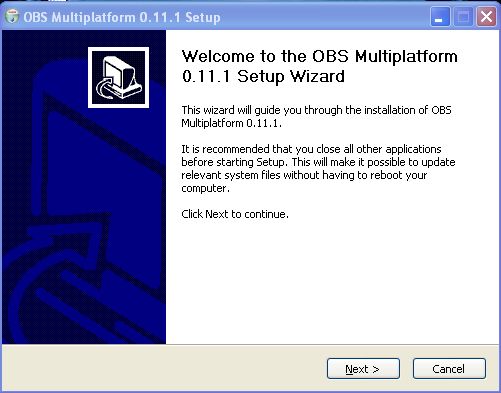

- #Obs multiplatform quicksync drivers
- #Obs multiplatform quicksync driver
- #Obs multiplatform quicksync software
It’s pretty easy, doesn’t it? There are a lot of source types. Set mode to “capture specific window” and select a window that you want to capture. Click the “+” icon under the “sources” panel and then click “game capture” or “window capture” depending on your needs. Start OBS and a game or program which you want to capture. By default, the first scene hasn’t any sources. It’s useful when you want to create different scenes for different games or IRL streams, etc. You can create several scenes with different sources and switch between them. The Scene is your main working area where you can control the view of your stream: add sources such as game, chat or webcam.

You can try to use it if you have performance problems with x264 and QSV. Available only on systems that support those encoders.
#Obs multiplatform quicksync software
They offer minimal performance impact in exchange for a reduction in quality at the same bitrates as NVENC or software ( x264) encoding using the default preset of veryfast. They can be a last resort if NVIDIA NVENC H.264 or software encoding ( x264) is not possible. Hardware encoders (except the NVIDIA NVENC H.264) are generally recommended for local recordings, but not streaming. This is why “veryfast” is recommended as the best balance between quality and performance. All other presets after 3rd have a big difference in performance but almost have not any difference in quality. “ultrafast” has the best performance and worst quality, and “placebo” has the worst performance(very high load of the processor) and best quality.īut in fact, only the first 3 are useful for streaming purposes and have a significant difference in quality. They are arranged in ascending order of quality and descending of performance, i.e. But keep in mind what x264 is the most processor-intensive encoder and you need a good processor to use x264 without lags in processor-intensive games. x264 is recommended to use for the best quality if NVIDIA NVENC H.264 is not available on your hardware.NVIDIA NVENC H.264 is the best encoder in terms of quality and performance (as of 2020).Twitch, YouTube, etc.)Įncoders and Quality Presets Recommended encoders: Setup of video and audio options which are meet the recommendations of your streaming platform (eg.Getting and entering of your credentials for streaming service (URL and Stream key).The process of OBS setup for streaming can be divided into two main stages:
#Obs multiplatform quicksync drivers
#Obs multiplatform quicksync driver
And I believe after a certain driver it completely broke, though I am not certain. If I was using a P170SM I would have access to it.Īnd a Xeon 1231 v3 doesn't have an iGPU, so you won't have it there anyway.īecause VCE isn't fully supported in OBS, and requires a third party plugin anyway. For example, I can't use my 4800MQ's iGPU because mobile chipsets don't support turning on the iGPU unless using Optimus, and SLI doesn't support Optimus, so I can never turn on my iGPU for quicksync access.

If yours is turned off, then that's different. As long as the iGPU is turned on and usable, you'll be able to use it.


 0 kommentar(er)
0 kommentar(er)
